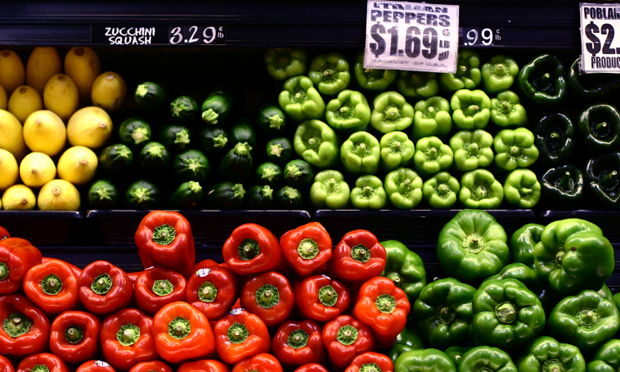According to a 2014 United Nations report, more than half of the world’s population now lives in urban areas, and this proportion is expected to increase to 66% by 2050 as cities continue to grow in number and size. The impacts will vary depending on where the growth occurs and how: In the developing world, biodiversity could suffer if low-density sprawl is favored over more compact forms, while in developed countries, population growth and social change are already pushing up central-city housing prices and increasing the need for affordable housing.
One of the inescapable impacts of urban and suburban expansion is the loss of farmland, pastures and forests. Crops then have to be grown elsewhere, and to an even larger population: A 2012 study in Proceedings of the National Academy of Sciences found that cultivated lands will have nearly double to feed the world’s projected population of more than 9 billion people in 2050. Struggles over resources can lead to armed conflicts in the developing world, while rising prices can lead to food insecurity even in industrialized nations.
Logic would suggest that food prices would be higher in urbanized areas, a consequence of their greater density, larger populations and distance from croplands. While this notion is supported by the Consumer Price Index, some economists question the robustness of its data — it’s based on a survey, after all, and the response rates have been falling dramatically.
To more accurately estimate the relationship between food prices and city population, a 2014 study published in the Review of Economic Studies, “Goods Prices and Availability in Cities,” calculates the first theoretically based urban price index. The authors — Jessie Handbury of the University of Pennsylvania and David E. Weinstein of Columbia — note that most prior studies and measurements of urban food prices do not control for biases that can skew the results. They base their work on a detailed dataset of household purchases in 49 U.S. cities and focus on two phenomena: First, “the spatial variation in price indexes, which is itself the subject of the purchasing power parity (PPP) debate,” and second, “the correlation of price indexes with population, which yields a common agglomerating force across many New Economic Geography (NEG) models.”
The study’s findings include:
- Conventional urban price indexes indicate that if city population doubles, prices will rise 4.2%. However, removing biases in the data reveals that prices will fall 1.1% when population doubles.
- City size was positively correlated with the number of varieties of products available: “A doubling in city size is associated with a 20% increase in the number of available products.”
- Households in larger cities tend to purchase a greater variety of goods than those in smaller cities. This holds true even when the authors control for consumer diversity in their experiment. For example, the study estimates that New York City consumers have access to a variety of grocers that is four times greater than that of Des Moines, Iowa.
- Food costs are generally lower for consumers in larger cities than those in smaller cities. When similar products are available in both New York and Des Moines, those in New York are 1.3% lower because the city’s residents have access to more varieties.
- Uncorrected biases account for 97% of the estimated differences in food prices between urban and non-urban areas shown in indices such as those of the American Chamber of Commerce Researchers Association (ACCRA).
What specific forces in urban areas drive lower prices is outside the scope of the paper, but the scholars theorize that they could include: “(i) more efficient firms are more likely to locate in, or ‘select into,’ larger cities; (ii) firms in larger cities can take advantage of agglomeration economies in those locations; and finally, (iii) larger cities are more competitive so firms charge lower markups in these locations.” Other factors could include economies of scale in the shipping industry and the relatively low price levels of locally produced goods.
Related Research: A 2013 study published in Applied Economic Perspectives and Policy, “Do High Food Prices Increase Food Insecurity in the United States?” examines Census and USDA data to build a local food price index and analyze the average experience of households using the Supplemental Nutrition Assistance Program (SNAP), more generically referred to as “food stamps.” The researchers, Christian A. Gregory and Alisha Coleman-Jensen of USDA Economic Research Service, note that prior to this study, “there has been no direct examination of the relationship between food prices and food insecurity for households in the United States.”
Keywords: prices, cities, food security, nutrition, consumer affairs


Expert Commentary